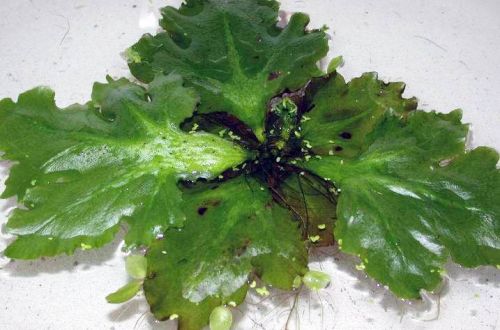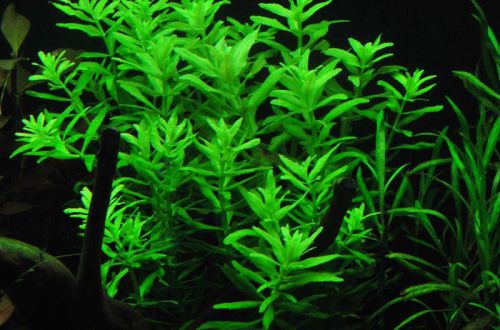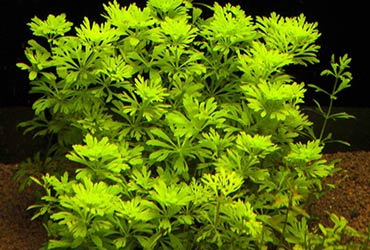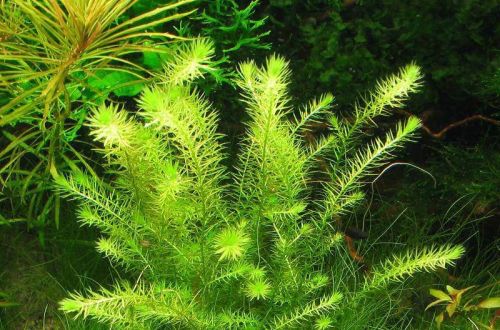
Pterygoid fern
Ceratopteris pterygoid fern, scientific name Ceratopteris pteridoides. Often referred to under the erroneous name Ceratopteris cornuta in the aquarium literature, although it is a completely different species of fern. It is found everywhere, grows in the tropical and subtropical climatic zones of North America (in the USA in Florida and Louisiana), as well as Asia (China, Vietnam, India and Bangladesh). It grows in swamps and stagnant water bodies, floating on the surface and along the coastline, rooting in moist, moist soil. Unlike their related species, the Indian Fern or Horned Moss cannot grow underwater.

The plant develops large fleshy green leaf blades growing from a single center – a rosette. Young leaves are triangular, old leaves are divided into three lobes. The massive petiole consists of a porous spongy inner tissue that provides buoyancy. A dense network of hanging small roots grows from the base of the outlet, which will be an excellent place for sheltering fish fry. The fern reproduces by spores and by the formation of new shoots that grow at the base of old leaves. Spores are formed on a separate modified sheet, resembling a narrow rolled tape. In an aquarium, spore-bearing leaves are formed very rarely.
Ceratopteris pterygoid, like most ferns, is completely unpretentious and is able to grow in almost any environment, if it is not too cold and dark (poorly lit). It can also be used in paludariums.





